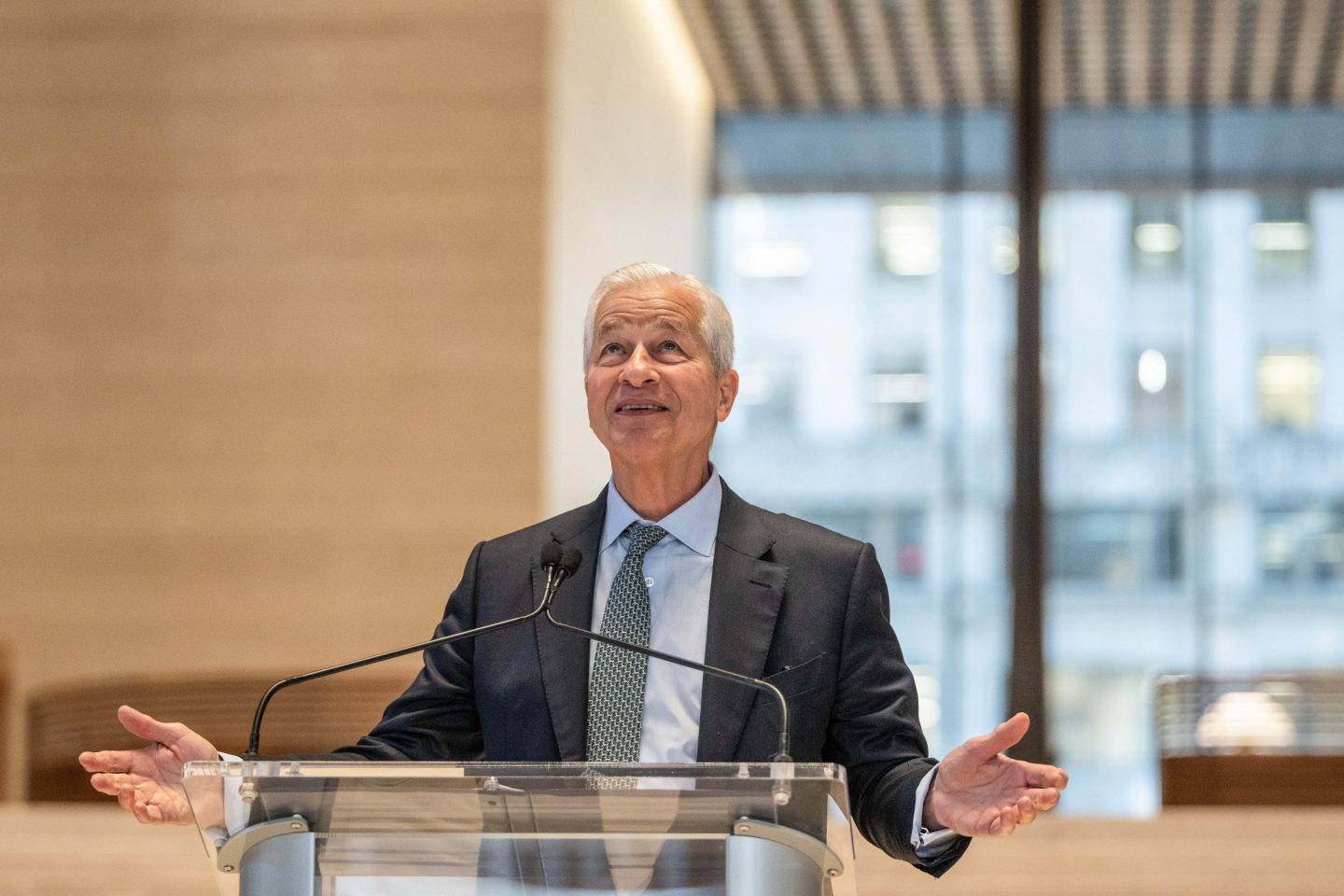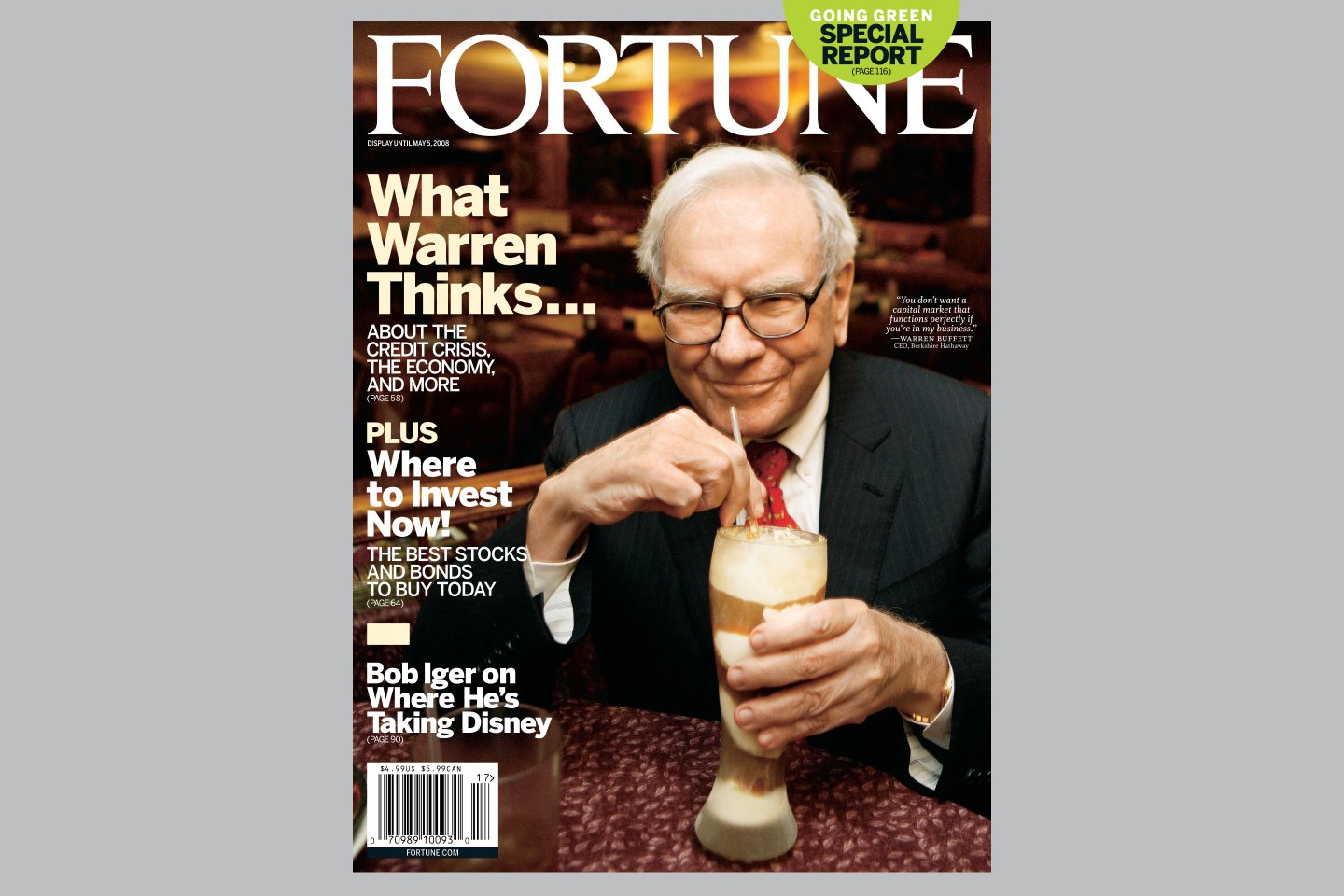Since business leaders became serious about getting employees back to offices post-pandemic, the idea of cultivating a work culture that boosts productivity, and the bottom line has been many bosses’ white whale.
But what company culture looks like in a hybrid world of work where many employees’ relationship to their jobs has changed is hard to define, let alone cultivate. Even still, bosses might want to start thinking small when it comes to trying to create a company-wide way of life.
Office “microcultures” are most important when it comes to making employees feel supported, and to get their best work, according to a new report. These are defined individual teams within an organization with slight differences in how they communicate, engage, and get work done.
Around 71% of business and HR leaders think individual teams within an organization are the best place to cultivate culture, according to Deloitte’s 2024 Global Human Capital Trends survey. But only 45% say their organization is doing something about it, and just 12% say their organization is doing “great things” to support microcultures in the workplace.
When they do, though, organizations are 1.6 times more likely to achieve desired business outcomes and 1.8 times more likely to achieve positive human outcomes, such as creativity, collaboration, and problem solving. When companies support microcultures, it drives improvements in “things like health, well-being, mental and physical safety, stronger skills and employability, and sustainable pay,” says Michael Griffiths, Deloitte’s workforce transformation offering leader.
“Organizations are really keying in on that conversation around not having a monolithic culture strategy because it hasn’t worked and it hasn’t driven that idea of human sustainability—the degree to which an organization can create value for people as human beings, rather than workers,” Griffiths says.
Many managers have realized that traditional views of corporate culture have failed—73% of people have left a job because of poor culture, according to the report, and the idea of a blanket company culture is even less effective in an increasingly diverse workforce that demands more autonomy and flexibility. That’s particularly noteworthy in an environment in which companies are clamoring to compete for and hold on to top talent.
Though companies on the whole have begun recognizing that microcultures are important, figuring out how to create great ones still eludes leaders. Half of the executives in Deloitte’s report say that “an organization’s culture is most successful when there is a moderate degree of variation,” but they ranked the idea of varying cultures as the most difficult trend to address.
On top of that, the importance of microcultures is still not clear to the top levels of organizations. Senior leaders rate microcultures as less valuable than the directors and workers closest to the daily work. Roughly 70% of workers and 60% of directors recognize the importance of microcultures, compared with 53% of members of the C-suite and 46% of board members.
So how exactly do leaders get out of their own way and allow teams to develop their own varying cultures? It starts with setting a clear mission, understanding what the company values beyond business metrics, and having ways to measure progress on achieving those values that take human capital into account, according to Griffiths.
Companies today are equipped with all kinds of ways to measure performance metrics, but they shouldn’t neglect less tangible goals.
“That human element is just as critical as potential on the business side,” Griffiths says.












